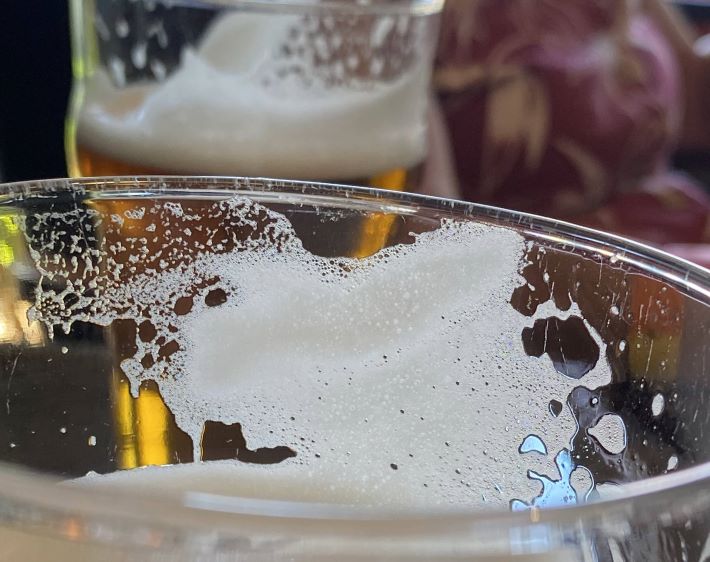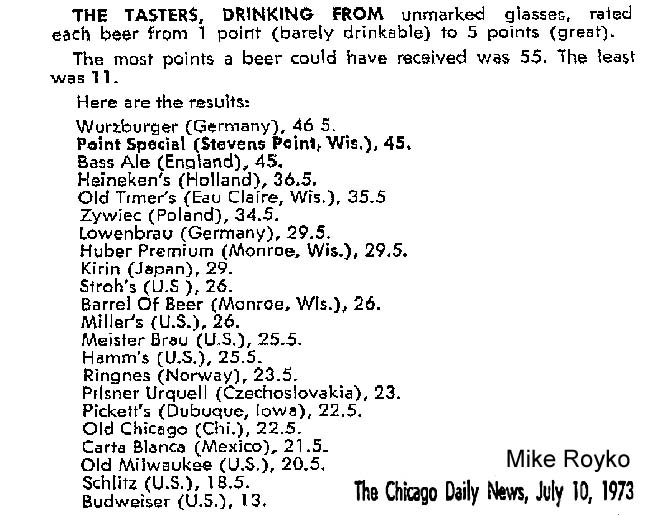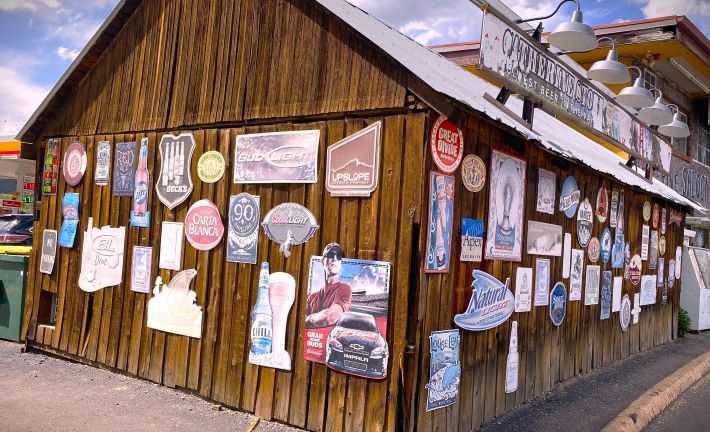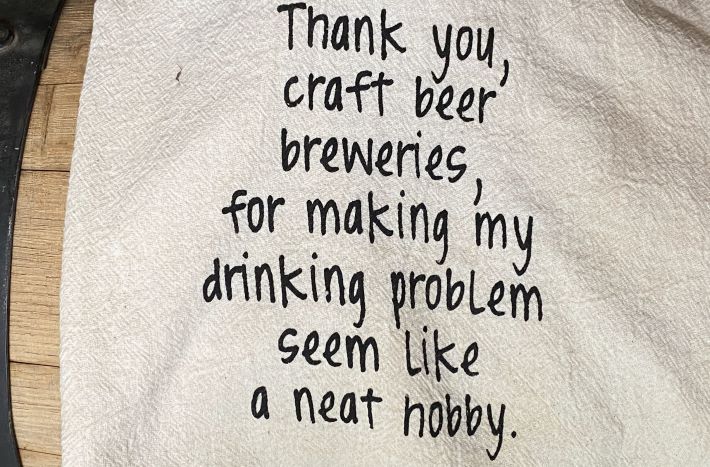
For your pondering pleasure this Monday morning, two links.
– #MyDreamBrewery. From Jeff Alworth, and his is actually a pub/tavern.
– How Unionizing Anheuser-Busch’s Craft Breweries Could Change the Industry.
Alworth invites readers to participate in a game that begins with this question, “Without worrying about pesky concerns like ‘solvency’ and ‘funding,’ what’s your dream brewery look like?” That his own fantasy establishment is a sprawling tavern is merely a nuisance.
No surprise; my thoughts won’t fit in a comment. Perhaps this shows a lack of imagination on my part, but my fantasy brewery would be smaller. A world tour in a single building does not appeal to me. (Each of) mine would be a brewery, with a taproom. The beers would be well made, with proper foam (see above). The people who work there would be paid a fair wage, with proper benefits (see link #2). The customers would look like the surrounding community. The beer would be affordable.
(Two quick points of order:
– I should point out that if you poke around Beervana you will see that Alworth has written extensively about these matters. He maintains the Diverse Breweries Database. He is not oblivious to these problems. This game is better enjoyed as a frivolous diversion, even if I choose not to. In the final paragraph he writes, “This tavern, which is impossible, will somehow earn enough money to stay solvent and pay its staff a hefty salary. . . . All are welcome, and all feel welcomed.”
– Affordability is not the biggest reason why beer has a diversity problem. People who look like me, except younger, are good at excluding all sorts of people who are different than them but can afford what many call “craft beer.”)
As important as all of the above, “all would feel welcome.” That doesn’t happen by accident. I expect my dream brewery to be an active community member. There is, after all, a community within the brewery and within the taproom, and surrounding the brewery.
I am, in fact, imagining thousands of breweries that check all the boxes, but that are different. Some might have live music, and it could be hip hop on a Mondays or alt-country on Wednesdays, depending on the community. But I would always expect James McMurtry to be featured at the annual anniversary bash. One in the Walnut Hills neighborhood of Cincinnati will naturally be different than one in Fairbury, Illinois.
Which brings us to Link #2. I won’t rehash what I wrote back in January about unions (TL;DR, on the side of angels). The post does not pretend to answer the “what then?” might happen elsewhere were ABI-owned craft breweries to unionize.
Would it matter? Does it matter more than it did in [picks random year] 2017?
Last week, the news broke that Culmination Brewing in Oregon is up for sale. In a story about why co-founder Tomas Sluiter cites the rising cost of labor, and the supports the thesis that workers at smaller brewers have begun “realizing that their jobs were neither as swell as they’d been told, nor the stepping stone to the greener pastures of owner-operatorship they’d hoped.”
“Before COVID, people had the mentality that, I love this business and I love working in it and I’ll take whatever amount of money for it,” he said.
“A lot of people were working for less than their value, and that was a mindset correction after COVID hit. Afterward, people weren’t coming to work for $35,000 a year, and rightfully so.”
What makes #MyDreamBrewery a great place to work is as complicated as what makes it a great place to be. But I’m pretty sure that when an operator says “a lot of people were working for less than their fair value” that it is time to wake up.
You might also enjoy
– Does the Beer Industry Seem Weird Right Now? You’re Not Alone. “In the early days, I spent a lot of time chasing down new releases and sharing them on Instagram. That all changed with the pandemic, and I haven’t had the desire to return to that way of life. Instead, I look for new ways to enjoy beer, like diving into the history of my favorite styles or attending festivals and events that deepen my knowledge.”
– Seeking Forever in a Temporary World. “We don’t say ‘traditional’ here. We don’t say ‘craft.’ We’re not a ‘craft brewery.’ We don’t make traditional lagers. Nothing about this is traditional to me. Nothing about this is Old World. I hate that people classify it as that.”
– When did people stop being drunk all the time? A lot of tables, a lot of numbers, to absorb.
– The Great British Beer Festival 2023. Wrapping it up with the paragraph of the week:
“And though the next day was a bit of a struggle it was brightened by the return of twerps whinging on about the GBBF on twitter, this time because Abbot Ale got overall second place in the CBoB. CAMRA and the blind tasting panel are in the pay of Greene King it seems. Which I suppose makes a change from Wetherspoons. To me the twerps are just showing their ignorance. The wonder of cask beer means that at times it can elevate beers to highs you would never have expected. If people spent less time suckling at the devil’s drainpipe and more time drinking beer served as god intended they would realise this.”



